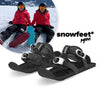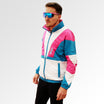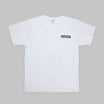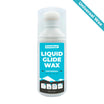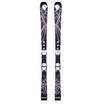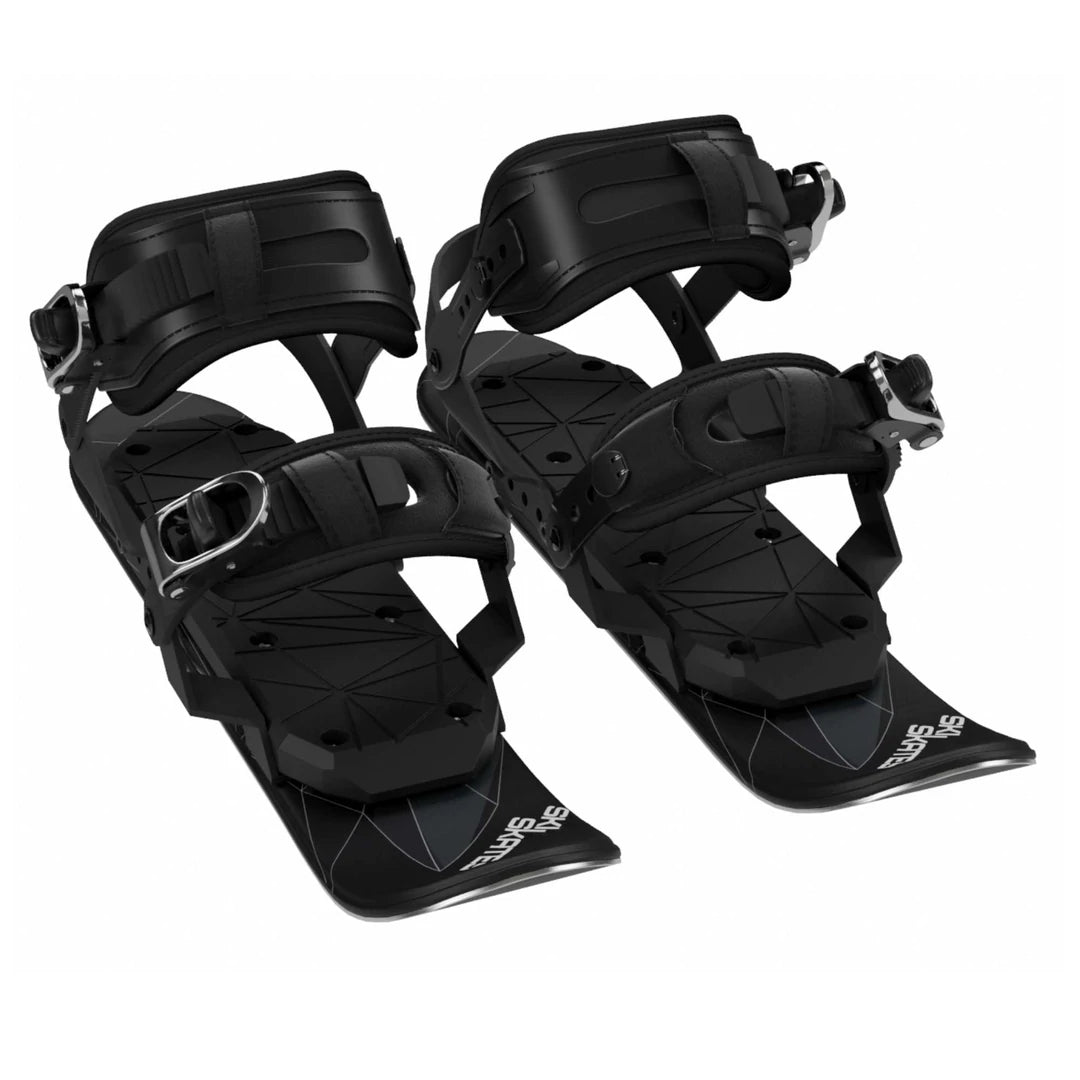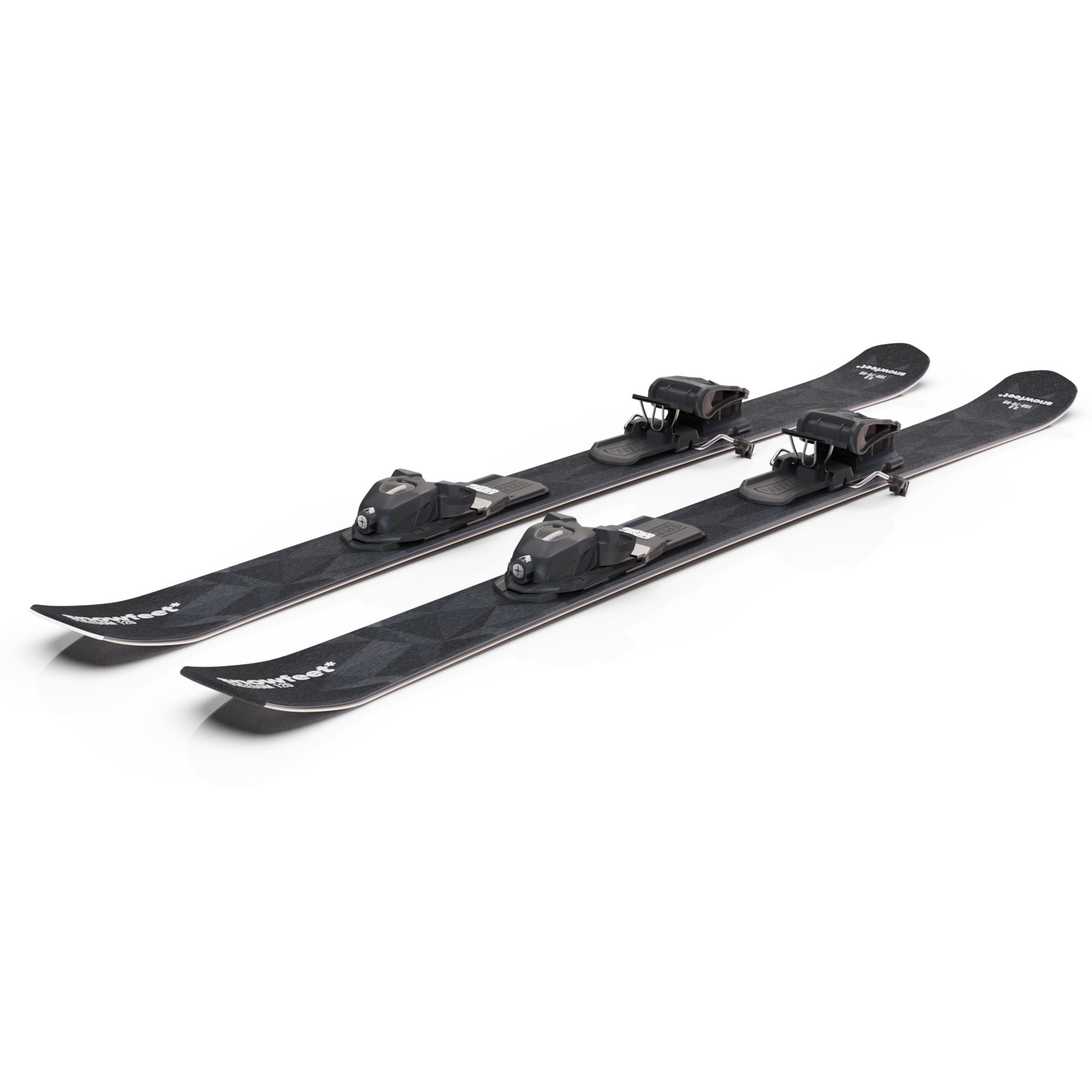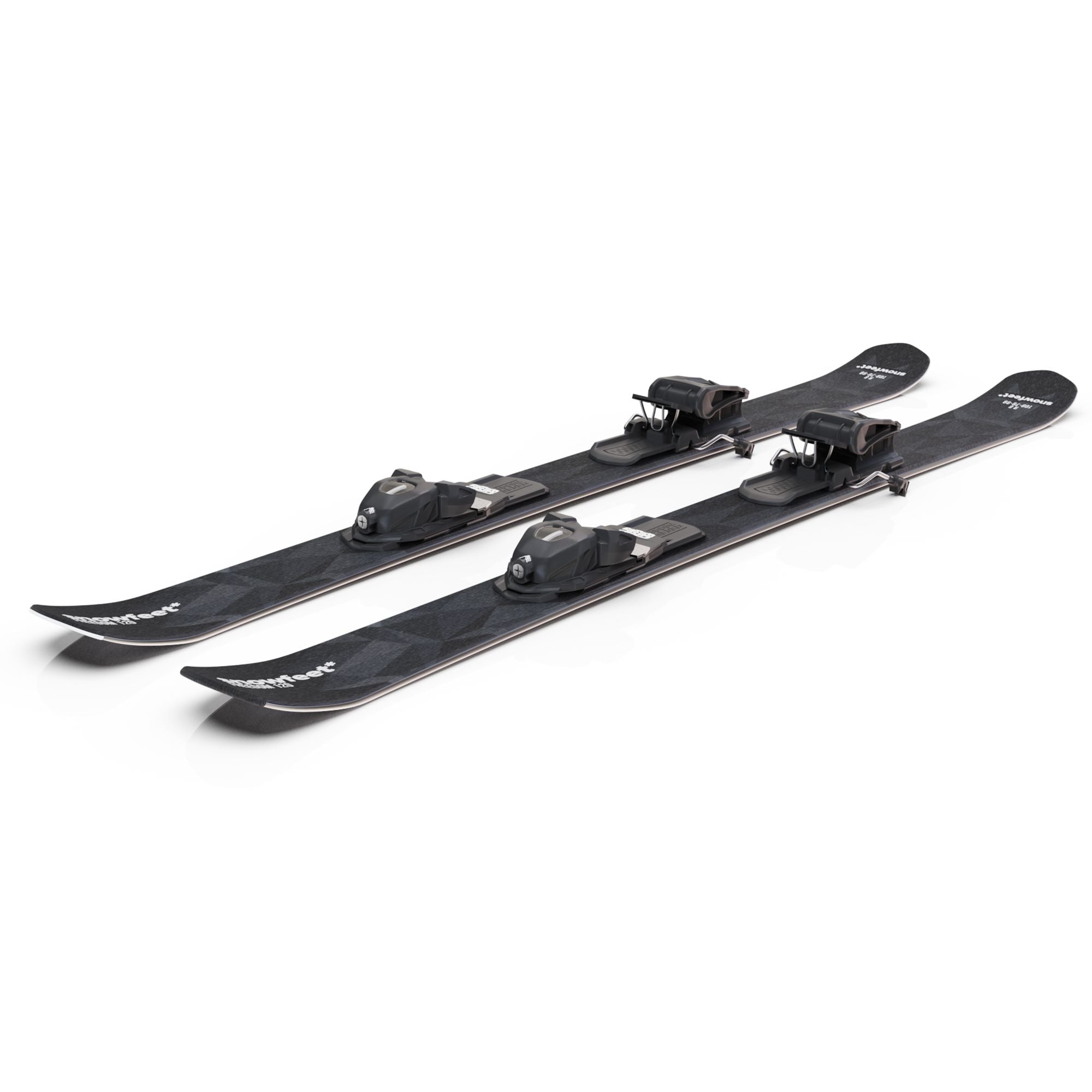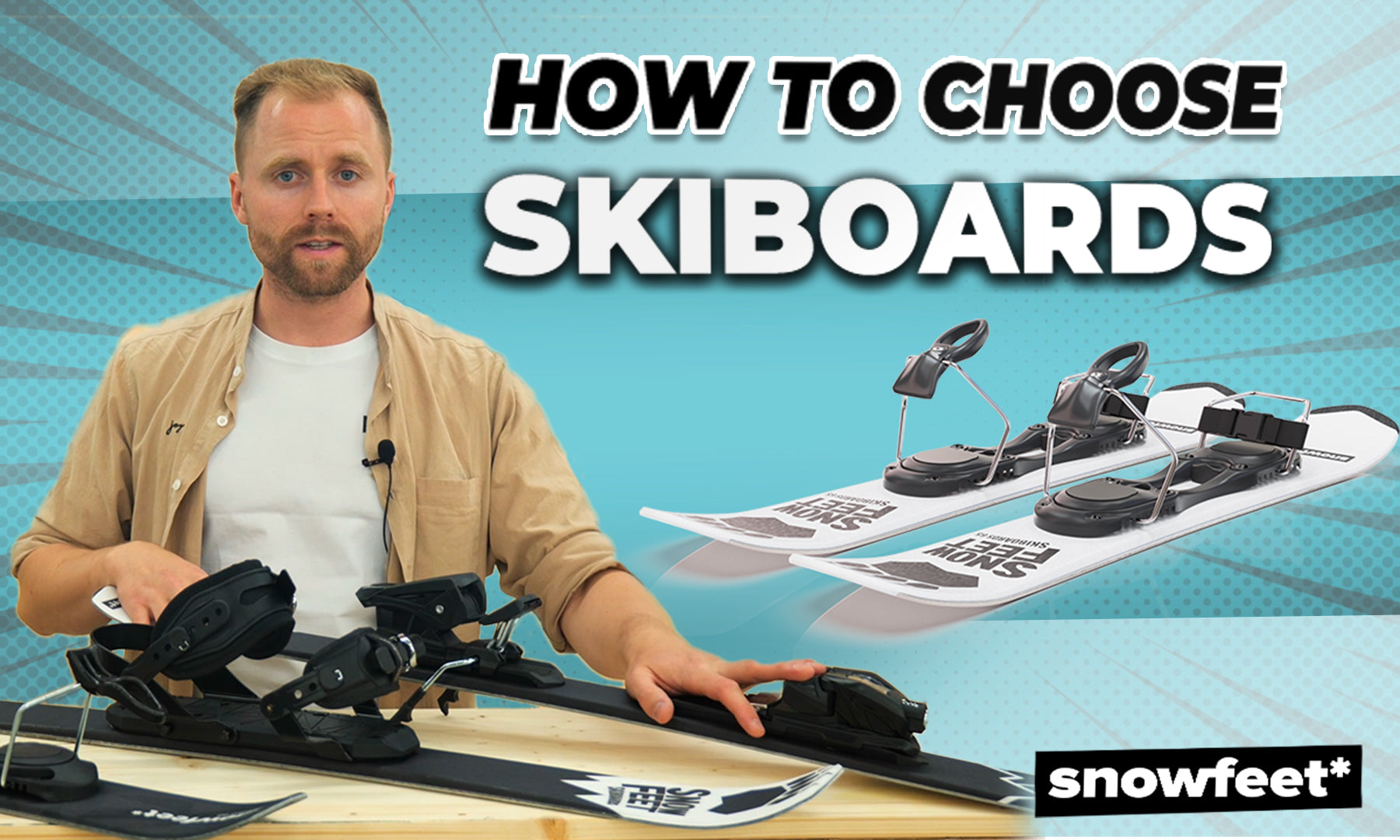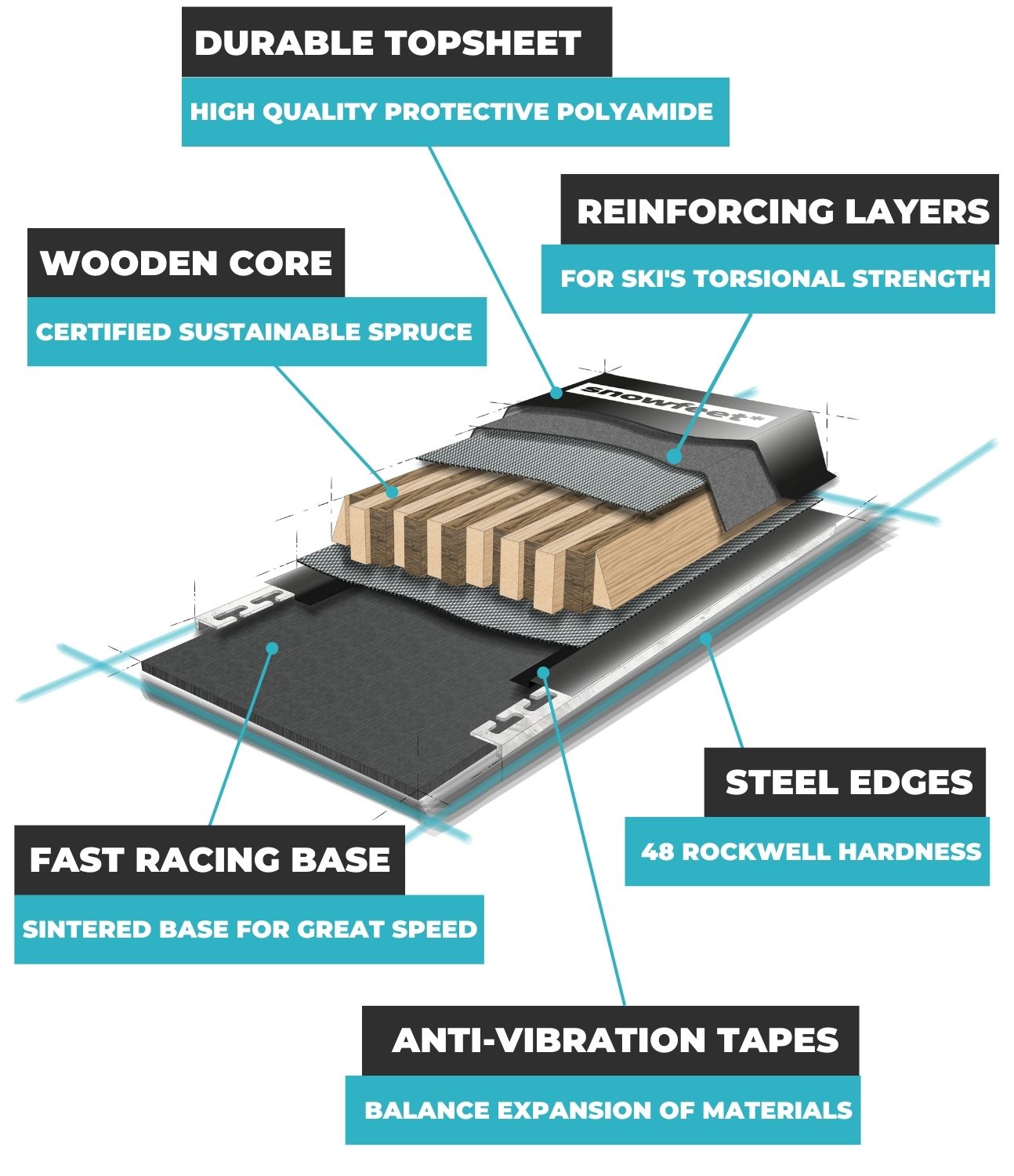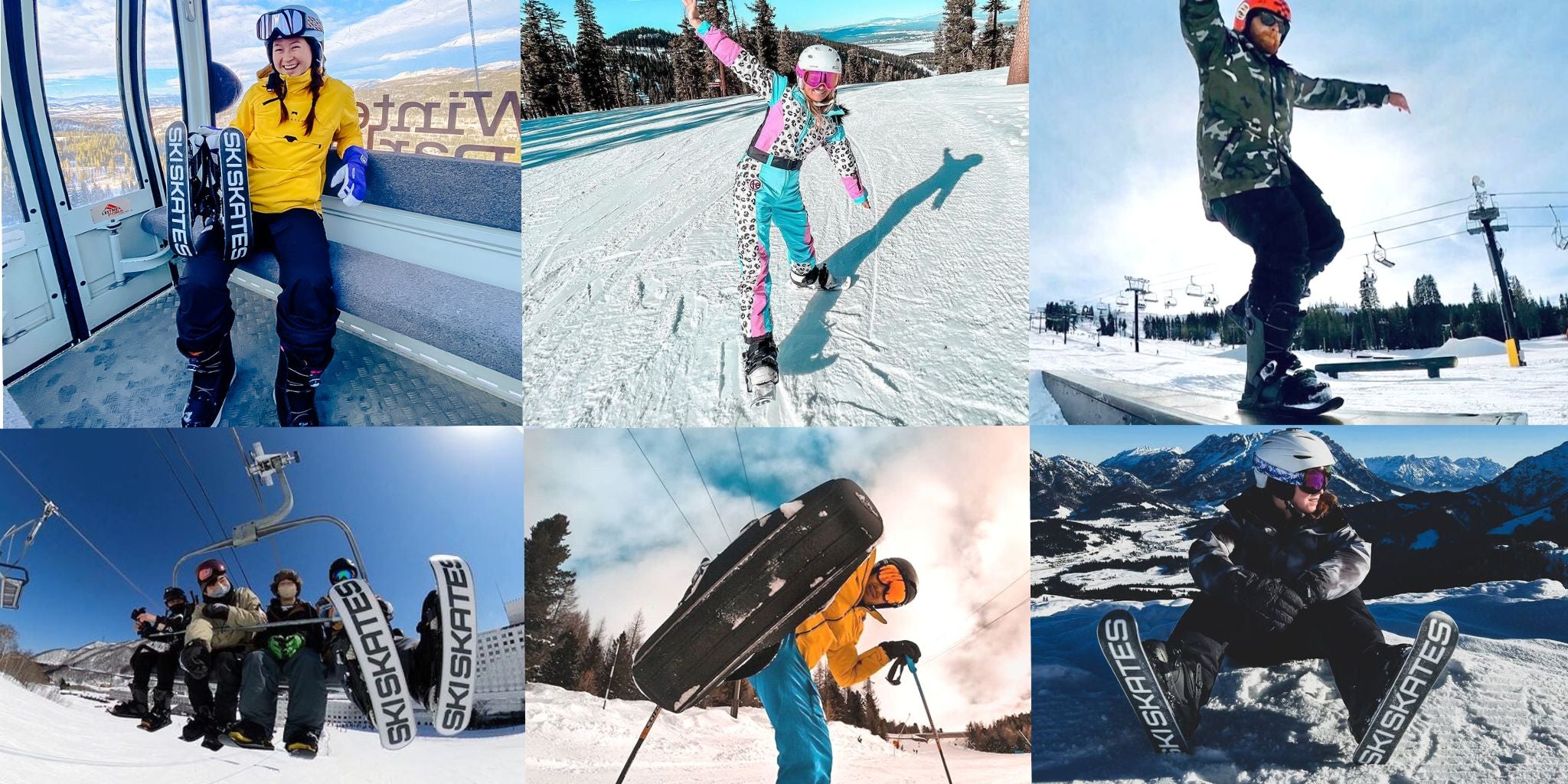-
 Kids Skis
Kids Skis
-
 Beginner Skis
Beginner Skis
-
 Women Skis
Women Skis
-
 Older Skier Skis
Older Skier Skis
-
 Mogul Skis
Mogul Skis
-
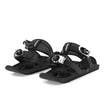 Snowboard Boots Skis
Snowboard Boots Skis
-
 Short Skis for Adults
Short Skis for Adults
-
 Fun Carving Skis
Fun Carving Skis
-
 Fun Skis
Fun Skis
-
 Ski Instructor Skis
Ski Instructor Skis
-
 Freestyle Skis
Freestyle Skis
-
 Short Skis vs. Long Skis
Short Skis vs. Long Skis
-
 Short Mini Little Skis
Short Mini Little Skis
-
 Spring Skis
Spring Skis
-
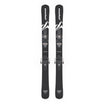 Alpine All-Mountain Downhill Skis
Alpine All-Mountain Downhill Skis
-
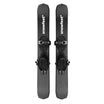 Backcountry Touring Skis
Backcountry Touring Skis
-
 Skiboards
Skiboards
-
 Snow blades
Snow blades





